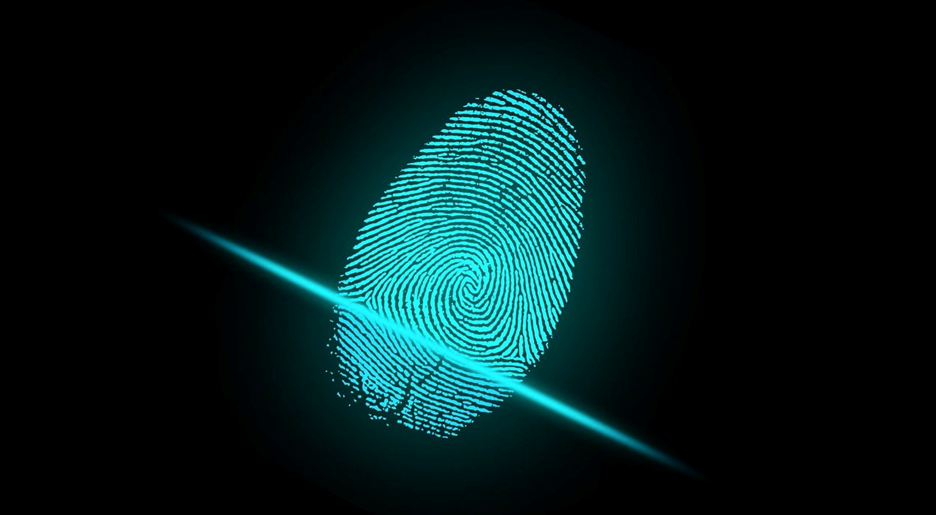
Fingerprinting is a fundamental aspect of identifying individuals and their criminal history, and it’s essential to have accurate and high-quality fingerprint images. While ink and live scan fingerprinting methods are commonly used, choosing the suitable method for your needs can be challenging. This article will explore the differences between ink and live scan fingerprinting and when to use each technique.
What is Ink Fingerprinting?
Ink fingerprinting, or traditional fingerprinting, is a method of capturing fingerprints using ink and paper. This method has been used for decades and is still widely used today. The process involves rolling each finger onto an ink pad and pressing it onto a fingerprint card. Once all ten fingers have been rolled, the card is sent to the appropriate agency for processing.
What is Live Scan Fingerprinting?
Live scan fingerprinting is a modern method of capturing fingerprints electronically. Instead of using ink and paper, the process involves using a digital scanner to capture the fingerprints. The fingerprints are then transmitted electronically to the appropriate agency for processing. Live scan fingerprinting has increased significantly over the years due to its accuracy and speed.
When to Use Ink Fingerprinting?
Ink fingerprinting is typically used when someone needs to obtain a hard copy of their fingerprints. This method is commonly used for background checks, employment screenings, adoption and immigration purposes. Ink fingerprinting is also used when live scan equipment is unavailable.
Ink fingerprinting is still widely used for many purposes, especially for those that require hard cards of fingerprints. Federal agencies such as the FBI, for example, may require ink fingerprinting for criminal background checks, security clearances, or other security-related purposes. This is because ink fingerprinting has been a tried-and-true method for decades, producing high-quality fingerprint images suitable for comparison against fingerprints in the FBI database.
In addition, some out-of-state licenses or background checks may require ink fingerprinting. This may be because the agency or organization is not set up to accept electronic fingerprints or because they need hard cards of fingerprints for submission to the FBI.
Furthermore, some foreign countries or entities may require ink fingerprinting for various purposes, such as work visas, residency permits, or travel visas. This is because ink fingerprinting is a universally accepted biometric identification method recognized by many countries worldwide.
How Does Live Scan Fingerprinting Work, And When to Use This Method?
Live scan fingerprinting is typically used when speed and accuracy are essential. This method is commonly used for employment background checks, security clearances, licensing, and certification. Live scan fingerprinting is also used when someone needs to obtain multiple copies of their fingerprints on hard cards. In this case, the fingerprints are captured digitally one time, and then printed out as many times as needed on hard cards. This is particularly valuable and useful when an individual needs to be licensed in multiple states and agencies.
Live scan fingerprinting is a modern method of capturing fingerprints electronically, and it’s pretty fascinating how it works! Unlike traditional ink fingerprinting, which uses ink and paper, live scan fingerprinting involves using a digital scanner to capture fingerprints. The process begins with the individual placing their fingers on a glass plate. The live scan machine then uses digital sensors to capture a high-resolution image of the fingerprints. The sensors use light to detect the unique ridges and valleys on each finger, producing a highly detailed digital image of the fingerprints.
Once the fingerprints have been captured, the live scan machine digitizes the image and transmits it electronically to the appropriate agency for processing in many cases. This is a significant advantage over traditional ink fingerprinting, as the electronic transmission of fingerprints is much faster and more efficient. Live scan fingerprints can also be printed out onto hard cards and accepted by all state and federal agencies like ink hard cards.
Electronic fingerprinting has become increasingly popular and is now the preferred method for many agencies and organizations. Overall, live scan fingerprinting is a quick and efficient way to capture fingerprints electronically and is an essential tool in many areas, including federal and state agencies for security clearances and employment screenings.
The Bottom Line
In conclusion, ink fingerprinting and live scan fingerprinting have their purposes, and it’s essential to understand when to use each method. It’s important to note that while live scan fingerprinting is becoming increasingly popular due to its speed and accuracy, ink fingerprinting is still a valuable and often required method for many purposes. Suppose you’re unsure whether ink or live scan fingerprinting is required for your situation. In that case, it’s always best to check with the agency or organization requesting the fingerprints to ensure you provide the correct method.
Reach out to First Contact HR today to find out more and to schedule your fingerprinting appointment.


